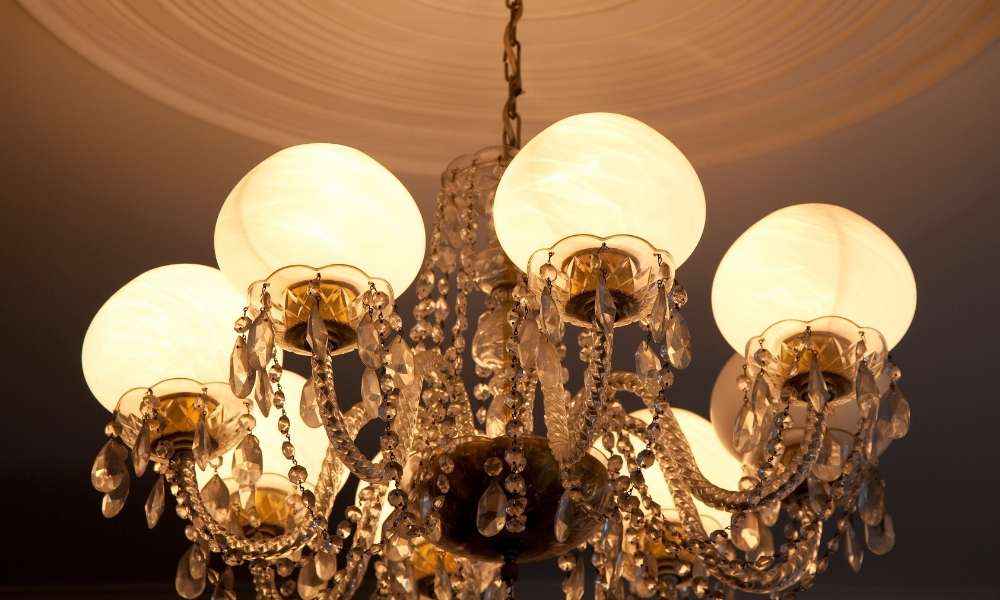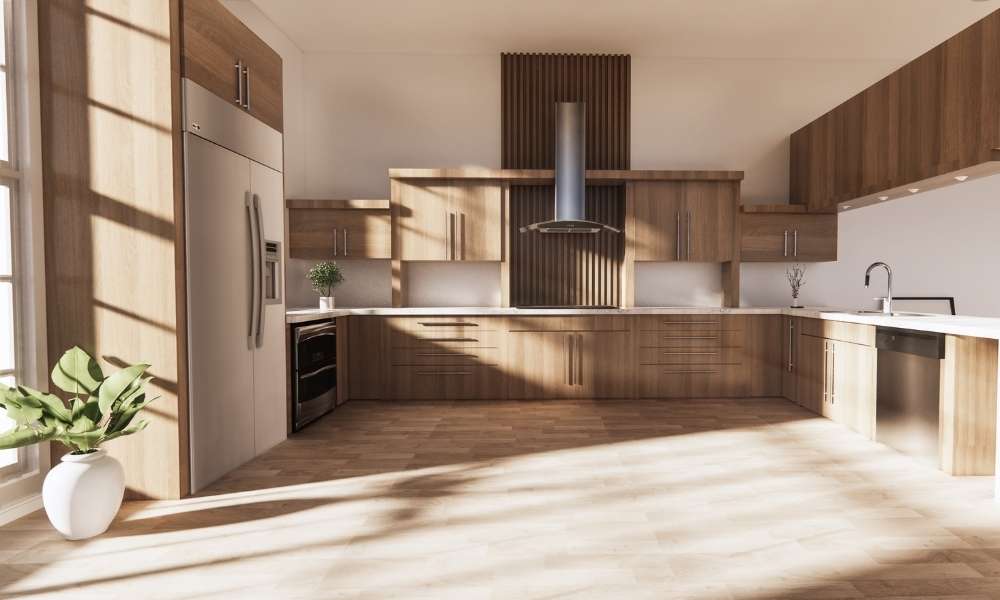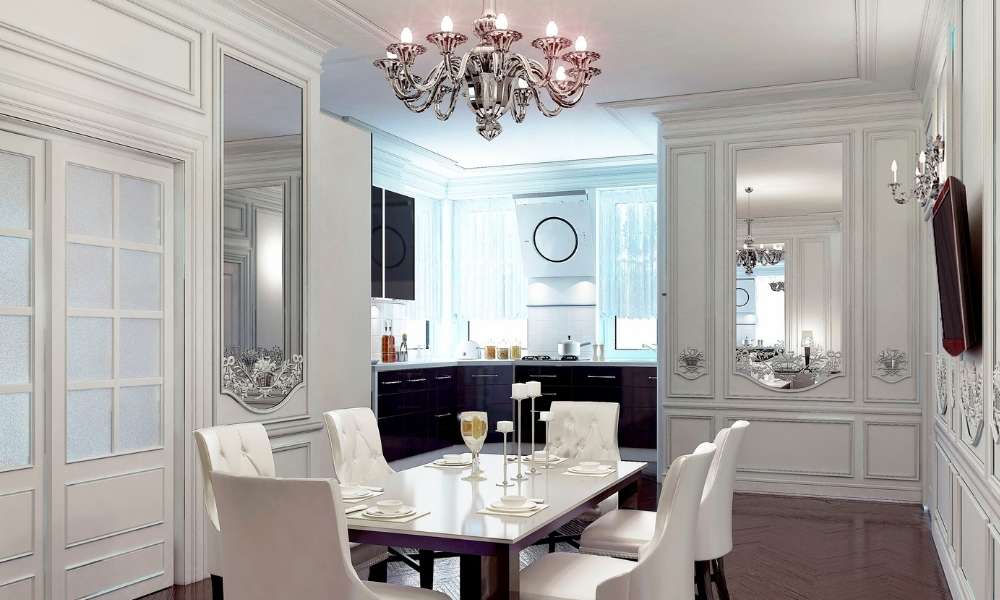Are you tired of staring at your plain and boring bookshelves? Do you long for a way to add a touch of style and personality to your home decor? Look no further than the art of cover bookshelves with fabric! This creative DIY project not only transforms the look of your shelves but also allows you to showcase your favorite fabric patterns and colors uniquely. Whether you’re aiming for a cozy, rustic vibe or a chic, modern aesthetic, covering bookshelves with fabric is a versatile and budget-friendly solution that will elevate the design of any room.
Why Cover Bookshelves with Fabric?
Covering bookshelves with fabric offers several compelling advantages. Firstly, the variety of fabrics available means endless possibilities in patterns, textures, and colors, allowing for full customization to match or accent your existing decor. Fabric adds warmth and dimension in a way that paint or wallpaper simply can’t. Secondly, this method is particularly beneficial for renters or those who like to change their decor frequently. Coverings can be easily changed without damaging the original structure of the bookshelf. Lastly, it’s a great way to hide imperfections or update older, worn-out bookshelves without the need for extensive refurbishment. Whether you’re aiming for a bold statement piece or a subtle background element, Coverings can achieve the desired effect with minimal effort and expense.
Materials needed
- Bookshelf
- Fabric of your choice
- Scissors
- Measuring tape
- Sewing pins
- Adhesive or a staple gun
- Iron and ironing board
- Safety pins (optional for detached covers)
Preparing the Bookshelf
Before you begin the process of attaching fabric to your bookshelf, it’s crucial to prepare the surface to ensure a clean and stable foundation. Start by removing all items from the bookshelf, including any loose shelves if applicable. Using your clean cloth, thoroughly dust and clean the entire bookshelf to remove any lingering dust, dirt, or grime. This step is essential as it ensures the adhesive attaches securely and smoothly to the surfaces. If your bookshelf has any old paint or a glossy finish, lightly sanding the surface with fine-grit sandpaper can help the adhesive bond better.
Cutting and Measuring Fabric
Measure the dimensions of the areas you wish to cover. It’s crucial to be precise, as any discrepancy in the measurements can lead to the fabric not fitting correctly. If your bookshelf has intricate moldings or edges, cover bookshelves with fabric you might want to create a pattern out of newspaper or butcher paper to get the shape just right.
Lay the fabric flat and smooth and use your measurements to cut out the appropriate pieces. Remember to leave a little extra fabric on each side to allow for folding and securing.
Attaching the Fabric
After cutting out the necessary fabric pieces, it’s time to attach them to your bookshelf. If you’re using fabric adhesive, begin by applying a thin layer on the surface of the bookshelf where you’ll be attaching. Carefully place over the adhesive, cover bookshelves with fabric starting from one end and gradually smoothing it out to eliminate any wrinkles or bubbles. For areas around the shelves or smaller sections, applying the adhesive in sections might be helpful rather than all at once to maintain control and ensure a smooth application.
Finishing Touches
the desired shape. Corners require special attention; fold them as you would wrap a gift, ensuring lie flat and present a neat appearance. Once all fabric is securely attached, go over your work with a critical eye. Adjust any loose areas and ensure are smooth and adherent. This final step is crucial as it affects the overall look of your finished project. Your fabric-covered bookshelf should now be ready to complement your room’s decor and showcase your style.
Creative ways to personalize the look
One creative way to cover bookshelves is by using adhesive wallpaper. Choose a design that complements your space and align it carefully along the back panel of the shelves for an instant transformation. This method allows you to easily change the look of your bookshelf whenever you desire, making it a versatile and customizable option.
For a more personalized touch, consider adding decorative trims or molding to the edges of your bookshelf. Painting these in a contrasting color can create a visually appealing frame that draws attention to your books and decorations. This simple addition can elevate the overall aesthetic of the bookshelf while also reflecting your unique style and personality.
Benefits of Fabric-Covered Bookshelves
A fabric-covered bookshelf embodies the perfect blend of form and function. On the one hand, it offers protection for your wood and reduces the risk of damage to your books. On the other hand, it provides a significant upgrade to the aesthetics of the room. It can soften the look of a space, making it feel more homey.
Not to be underestimated is the economic benefit. Updating furniture with often a more cost-effective solution than replacing or refinishing.
Conclusion
By following the simple steps outlined in this article, you can easily transform the look of your bookshelves and create a cohesive style in your room. Remember to choose a fabric that compliments your existing decor and consider adding decorative elements like trim or tassels for extra flair. With some time and effort, you can achieve a unique and eye-catching display that showcases your personal style. So why not give it a try and elevate the design of your bookshelves today?





